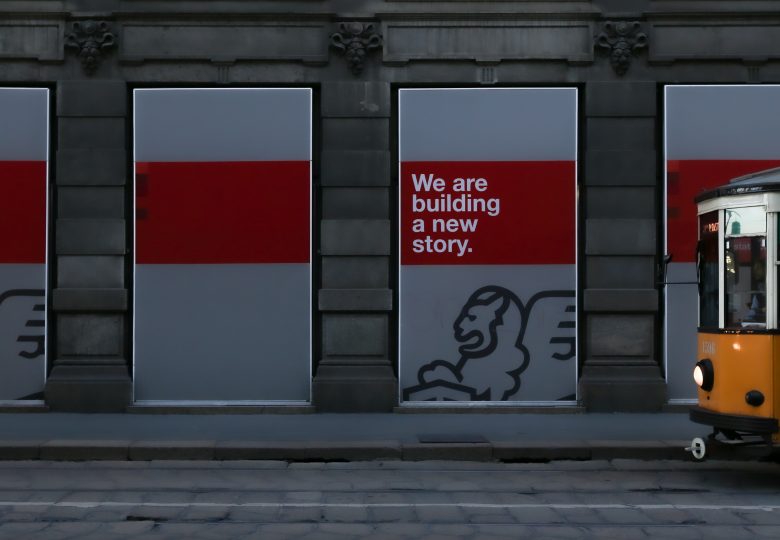Power is everywhere. Use it constructively!

Power is in what we say. Power is also present in what is not said. From this, a norm is formed which helps to determine what is acceptable, true, and permissible and on the other hand also what is wrong to say, as well as what is false or forbidden.
In other words, not communicating equals communicating, and thus there is a norm and a power everywhere.
An example is when we choose to execute one project over another or go right instead of left in the new strategy, then something gains the power in favour of something else.
What has power in organisational narratives
When we ourselves or a team speak warmly for one way to go ahead of another or leave out a particular perspective in a discussion, norms and established centres of power are formed. Over a working day, power can be given, deprived, conquered, elected and much more.
Think about a working day and try to count how many places and types of power you are in contact with. Whether you take or give power.
Power is relevant to look at as we create narratives in our organizations. Both the positive and the negative ones. What is it that we give room for and what is it that we do not focus on? A narrative is of great importance to organisation as well as employees.
When narratives hinder or create action
But how can we assess whether a story and its discourse are positive or negative?
According to narrative theory, a problematic story does not contain a variety of options. Instead, it hinders and prevents action. It has the power.
Through storytelling, the goal is to break a negative pattern and find new possibilities for a constructive story to emerge.
The new narrative can be said to have acted counter-power toward the negative narrative and have taken over and certainly created a new norm. In this way, a counter-power, or a new power in relation to the existing narrative can be constructive.
How do we create the constructive narratives?
Working narratively with the organisation’s narrative is therefore an opportunity to work with power and counter-power where the implicit can be worked with explicitly. When working explicitly with the narratives, the story is given a life where those who own the story can create opportunities for the organisation and themselves.
Whatever your starting point for creating a constructive story, begin by asking yourself these three questions:
• What experiences have you noticed that show that you are heading in a preferred direction in your team/organisation?
• Can you give the experience (s) a name and meaning?
• The chosen experiences and the name you gave it, what does it tell you about what you would like to create more of in the future?
If you would like to work with stories and how they can help support a constructive development, you can contact me to hear more.
You can also read more about coaching and team coaching.